Tapco HomeDry Dry Rot Treatment Basingstoke
We are long term members of Trust Mark and a member of the BWA. CHAS accredited contractor. In addition, all of our surveyors are trained to the high standards of the PCA (Property Care Association).


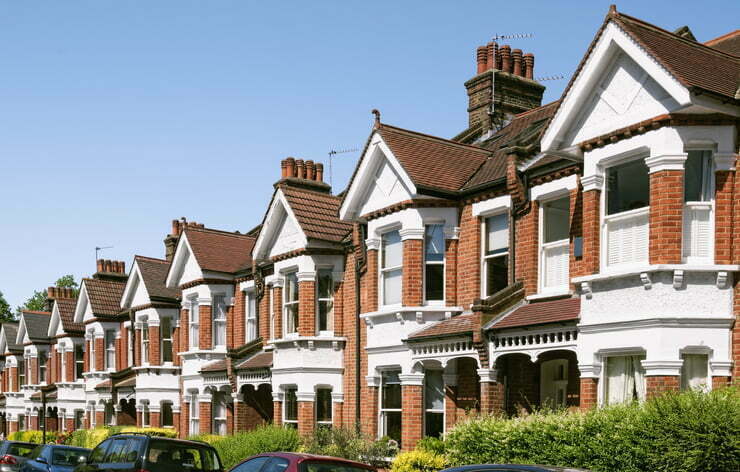
Dry Rot Specialist In Basingstoke
Are you worried about dry rot in your Basingstoke property? As your local specialists in damp proofing, our expertise extends to comprehensive dry rot surveys and effective dry rot treatment. Count on us to safeguard your Basingstoke property from the impacts of dry rot.
Signs of dry rot in your home
There are a few telltale signs of dry rot that homeowners in Basingstoke need to be on the lookout for, particularly in the winter months when dampness is more common. Wood digested by dry rot will be dark and brittle with cuboidal cracking that causes the wood to crumble into small cubes. The fungal growth will be furry and white and then produce a rust-coloured bloom. And finally, the smell is typically damp and musty.
What is dry rot?
Dry rot is the common name for a type of fungus called Serpula lacrymans. This particular form of fungus typically thrives in woodland areas. It plays a vital role in breaking down fallen trees on the forest floor by releasing enzymes that digest the material. Unfortunately, this type of fungus can also make its way into homes.
The early stages of growth is typically seen as a furry white growth that spreads over damp wood. Dry rot can pass through masonry to reach suitable environments, so it isn’t always visible in your home. The fruiting spores produce a rusty orange bloom that allows this fungus to spread even further throughout your home.
The name dry rot refers to the fact that this fungus appears to affect dry wood, but some moisture content is required to enable it to thrive. After the wood has been digested by the fungus, it will be left dark, brittle and incredibly fragile. We most often see dry rot in older properties with ageing timber frames, but it can also be found in newer properties if the conditions are right.
Difference between wet rot and dry rot
Wet rot and dry rot are caused by two different types of fungi that thrive in very different environments. Wet rot needs high moisture levels to be able to thrive, usually around 50%. Compare this to dry rot, which will seemingly thrive on wood that appears completely dry, however, it needs moisture levels to be around 20%.
Both wet and dry rot can cause considerable damage to your home. While wet rot will only attack exposed wood, dry rot can work its way through the masonry of your home. If you’re concerned about any type of rot in your Basingstoke property, we recommend seeking expert help.
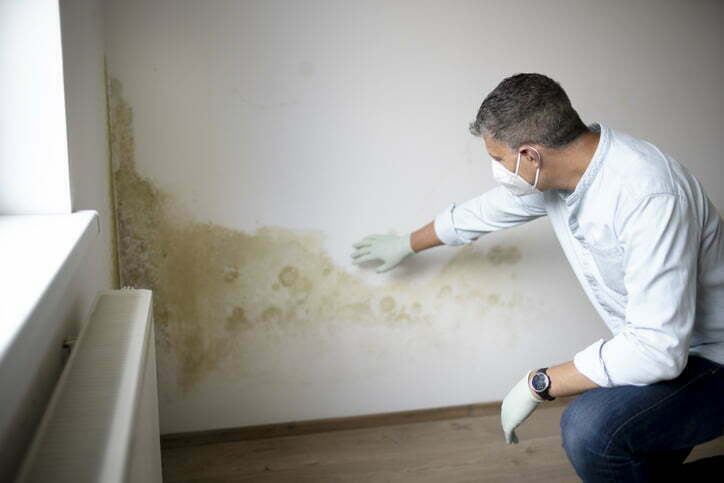
Dry rot experts in Basingstoke
If you’re concerned about the presence of dry rot on your property, don’t attempt to tackle it alone. Our team of damp-proofing experts can provide a fast and effective service to rid your home of damaging dry rot once and for all. We’ll keep you informed every step of the way so you are empowered to make the right choice for your home.
How is dry rot treated?
Since dry rot can spread through masonry, it’s vital to take preventative action once dry rot is found in your home. We start by identifying the source of the damp so we can remove the conditions needed for dry rot to thrive.
Next, we would apply a fungicidal treatment to all affected areas and the surrounding areas to help stop the spread of the fungi. Finally, we need to address the damage caused by the dry rot. This could include replacing the damaged wood with pre-treated timber. Follow-up checks will be essential to ensure these measures have been effective.


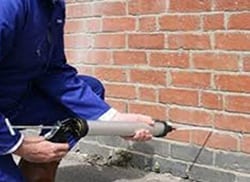 Damp Proofing
Damp Proofing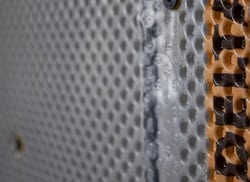 Basement Damp Proofing
Basement Damp Proofing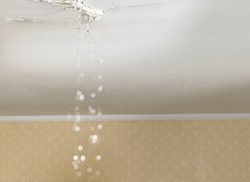 Water Damage
Water Damage Condensation Control
Condensation Control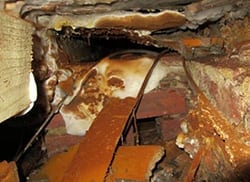 Dry Rot Treatment
Dry Rot Treatment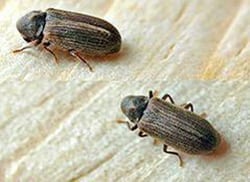 WOODWORM & WET ROT
WOODWORM & WET ROT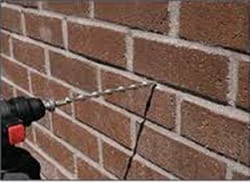 CAVITY Wall Ties
CAVITY Wall Ties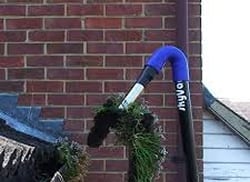 Property Maintenance
Property Maintenance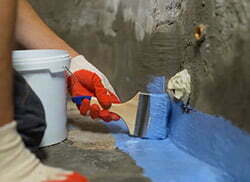 Waterproofing And Tanking
Waterproofing And Tanking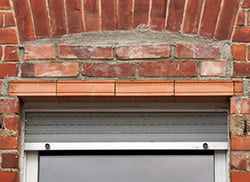 Structural Repairs
Structural Repairs
